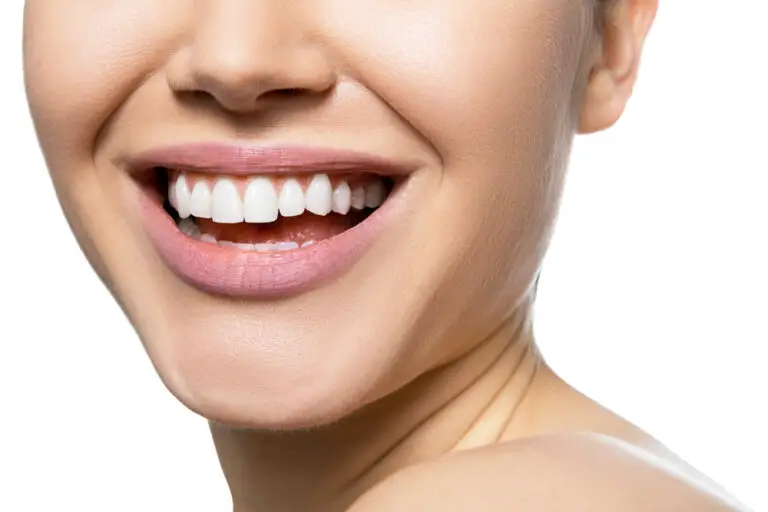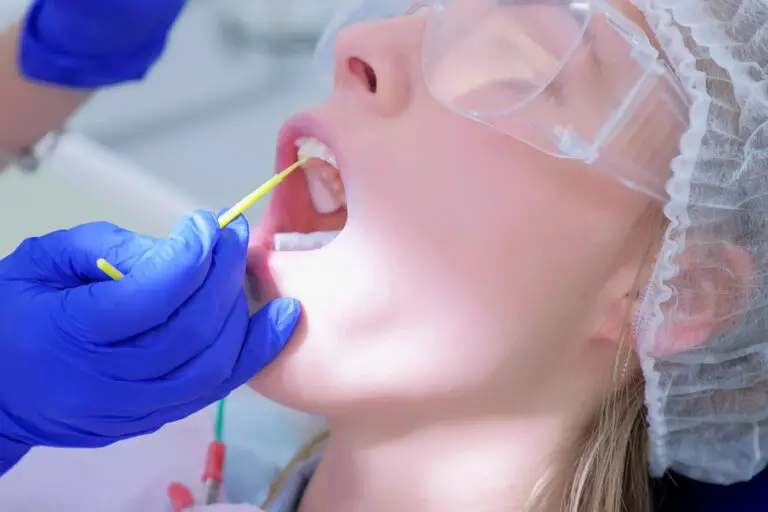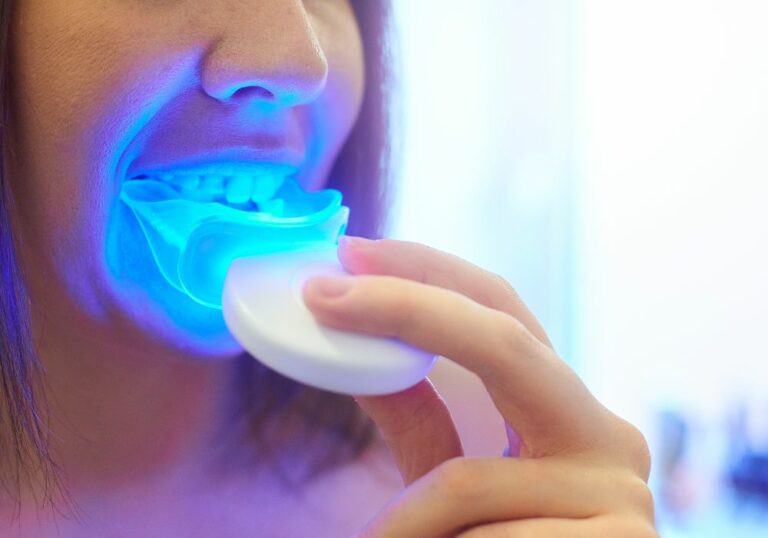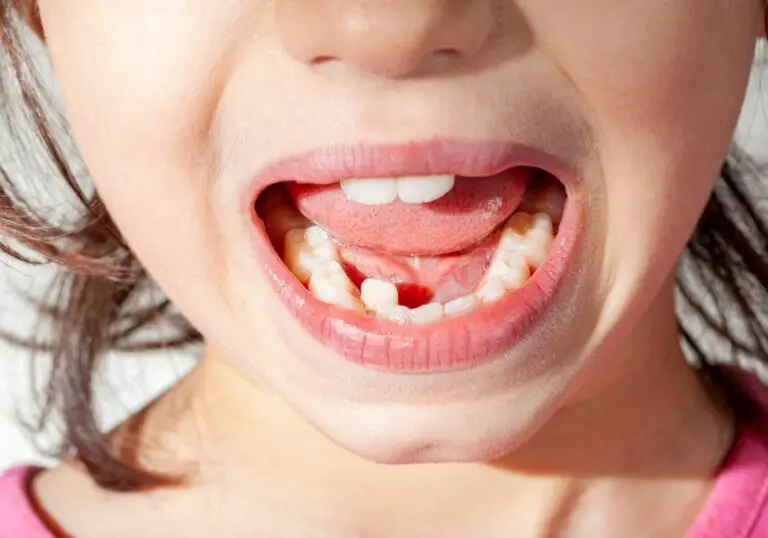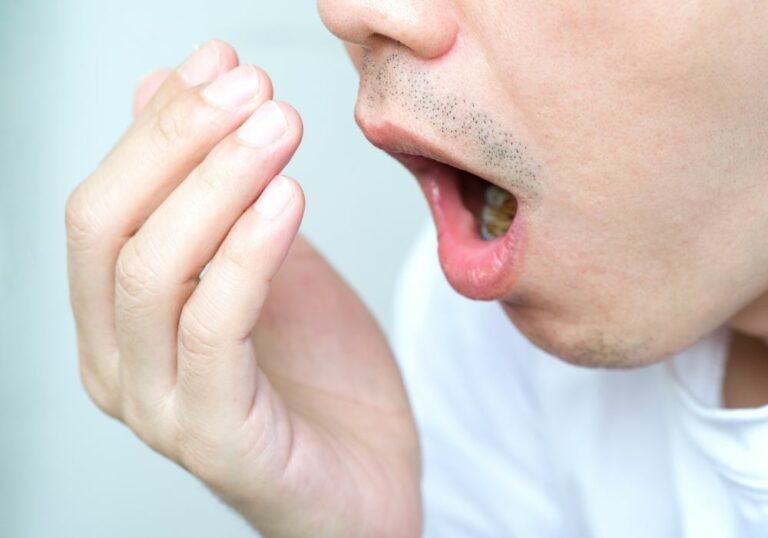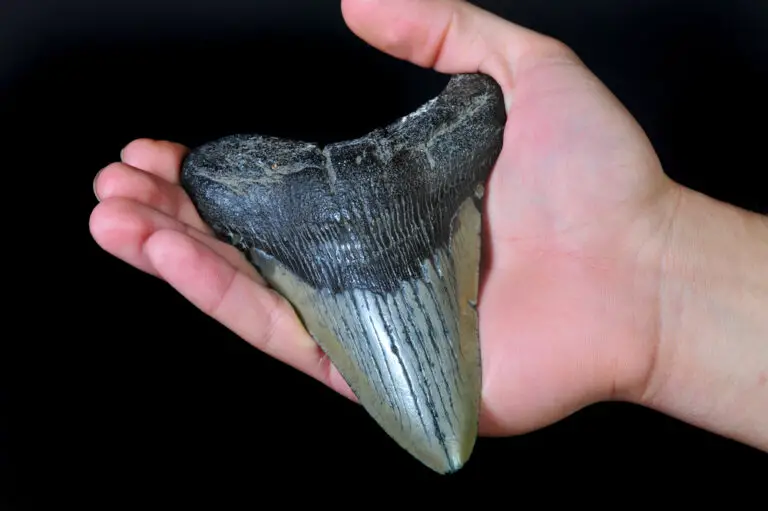Gobstoppers are a popular hard candy known for their large size and long-lasting flavor. These colorful, candy-coated treats are designed to be sucked on for a prolonged period, with layers that slowly dissolve to reveal new flavors. While gobstoppers provide long-lasting enjoyment, some have questioned if their hard texture poses a risk of damaging teeth, especially for children. This article will take an in-depth look at whether gobstoppers can actually break your teeth.
How gobstoppers work
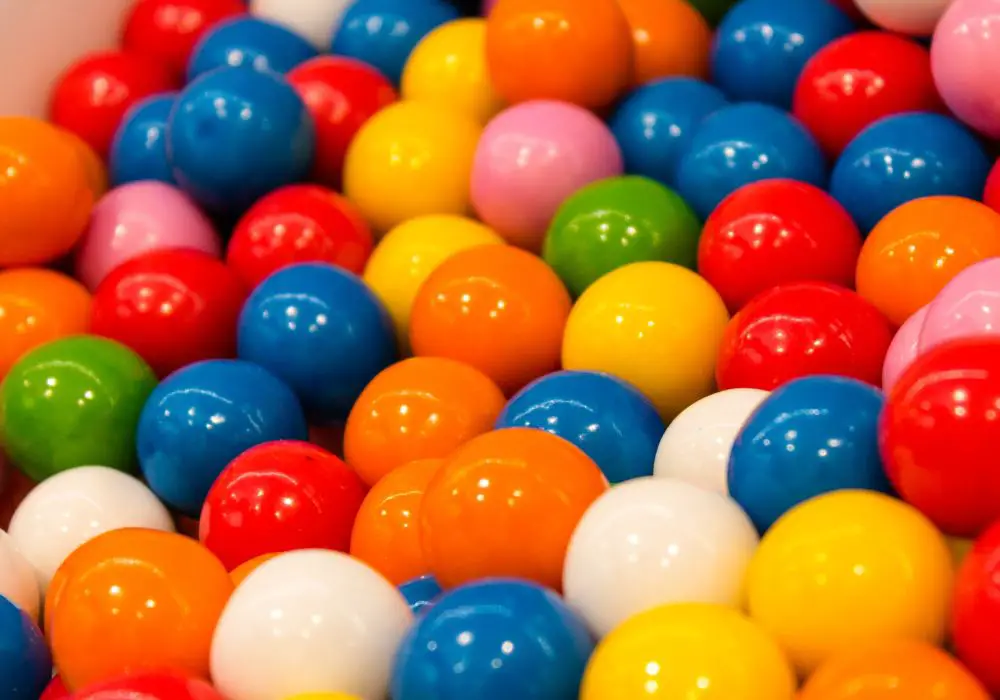
Gobstoppers have a unique design that allows them to provide flavor over time. They consist of multiple layers of hard sugar candy coatings surrounding a soft, chewy center. The outer layers slowly dissolve while being sucked or licked, eventually revealing the next layer which provides a new taste sensation. This continues until the soft center is reached.
Gobstoppers can last for 30 minutes or longer in the mouth, which is how they got their name – it’s almost impossible to stop sucking on them before reaching the center! They come in a variety of sizes, from small jawbreakers less than 1 inch wide to extra-large gobstoppers over 1 inch wide. The duration of enjoyment depends on the size of the candy.
Gobstopper ingredients
The main ingredients in gobstoppers are:
- Sugar – Provides sweetness and structure. Granulated sugar and corn syrup give gobstoppers their crystallized texture.
- Corn syrup – Adds moisture, chewiness, and smoothness to the center. Corn syrup is thickened extracted from corn starch to give a sticky consistency.
- Dyes and flavors – Provides vibrant colors and tastes. Artificial food dyes create bright colors while natural and artificial flavors give distinct tastes to each layer. Popular gobstopper flavors include fruit punch, blue raspberry, lemon, and cherry.
- Carnauba wax – Gives the outer shells their hardness. Carnauba wax comes from the leaves of a Brazilian palm tree. This edible vegetable wax helps form the solid structure that slowly dissolves layer by layer.
The high sugar content and hardened carnauba wax coating are what give gobstoppers their long-lasting qualities. The sugar crystallizes as the moisture dissipates while sucking, helping the outer layers last for extended periods inside the mouth.
How hard are gobstoppers?
Gobstoppers have a hard, solid outer shell that slowly softens as it dissolves in the mouth. To measure gobstopper hardness, researchers have used a method called Vickers hardness testing.
This method measures how resistant a material is to indentation. A pyramid-shaped diamond tip is pressed into the sample with controlled force for a set amount of time, and the size of the resulting indentation is measured. The indentation depth determines the hardness number – a smaller indent means a harder sample.
Using this method, the outer shell of standard gobstoppers was found to have a Vickers hardness value between 80-110. For comparison, typical hard candy has values between 50-80, and the average chocolate bar measures approximately 30. The high values confirm that gobstoppers have an extra hard outer shell, giving them their signature durability. However, this hardness gradually decreases layer by layer until the soft center is reached.
Can the hard shell actually damage teeth?
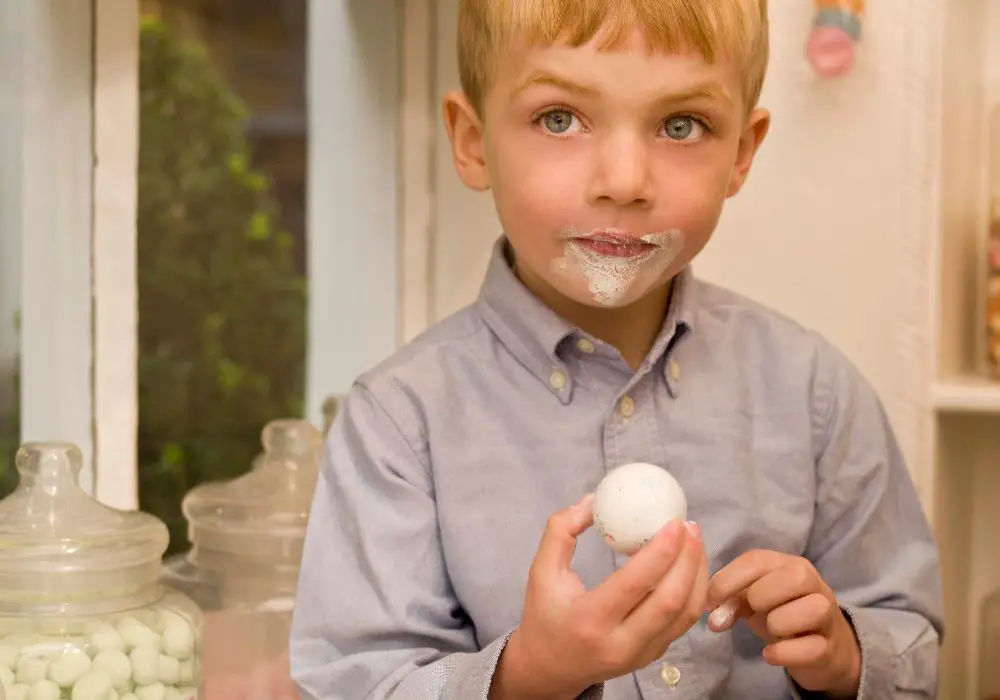
With their extra hard exterior, it’s reasonable to question whether gobstoppers pose a higher risk of damaging teeth compared to other candies. Especially for children with developing permanent teeth, parents often worry if gobstopper consumption can lead to cracks, chips, fractures or even tooth extraction.
There are a few factors that determine if a gobstopper could potentially damage teeth:
Gobstopper size
The overall size and diameter of a gobstopper can impact the force exerted on teeth. Standard gobstoppers range from 1-3 inches wide, while jawbreakers are typically less than 1 inch.
Larger gobstoppers distribute the pressure over more teeth, reducing risk. Small, jawbreaker sized gobstoppers focus force on just a few teeth, increasing the chance of fractures.
Biting into a gobstopper dramatically increases risk compared to licking or sucking gently. Children are more inclined to crunch on small, jawbreaker sized gobstoppers, so these pose more risk.
Shell thickness
The thickness and hardness of the outer shell also plays a role. A thinner or softer shell is less likely to damage teeth even if bitten into. Some gobstopper manufacturers may use higher wax content or softer coatings to reduce fracture risks.
Thick, hardened shells that slowly wear down with sucking are least risky. Gobstoppers that crack easily under pressure are more likely to damage teeth.
Dental work
Those with dental work like fillings, crowns, braces or bridges are at higher risk of damage if biting into a gobstopper forcefully. The hardened candy can fracture dental work even without damaging the actual tooth underneath. Individuals with dental work should take extra care or avoid gobstoppers.
Tooth and jaw issues
Individuals with temporomandibular joint dysfunction (TMJ) or bruxism (teeth grinding) problems are more prone to pain or discomfort when chewing on hard candies. Those with tooth sensitivity, cracks, or weak spots in tooth enamel also have heightened risk of pain or temperature sensitivity when eating any hard or frozen candies.
Table summarizing gobstopper risks:
| Factor | Risk Level |
|---|---|
| Large size | Lower |
| Small, jawbreaker size | Higher |
| Thick, hard shell | Higher |
| Thin, soft shell | Lower |
| Dental work present | Higher |
| TMJ dysfunction | Higher |
| Tooth sensitivity/weak enamel | Higher |
Documented cases of gobstopper damage
There are a few documented cases of gobstoppers causing harm to teeth in medical journals. A 2008 case study reported a 12 year old boy cracking his lower molar by biting forcefully into an extra-large 3-inch wide gobstopper. Part of the tooth enamel broke off, requiring dental repair.
Another 2005 study described a 5 year old girl who fractured an upper central incisor into the root dentin by biting a small 1-inch jawbreaker gobstopper. No other dental injury was observed, but the fractured tooth required extraction.
Both of these instances involved children biting hard into gobstoppers, which focused intense pressure on a small surface area of their teeth. This led to cracks through the enamel. However, it’s important to note these cases are extremely rare, and most children enjoy gobstoppers without dental damage.
How to consume gobstoppers safely
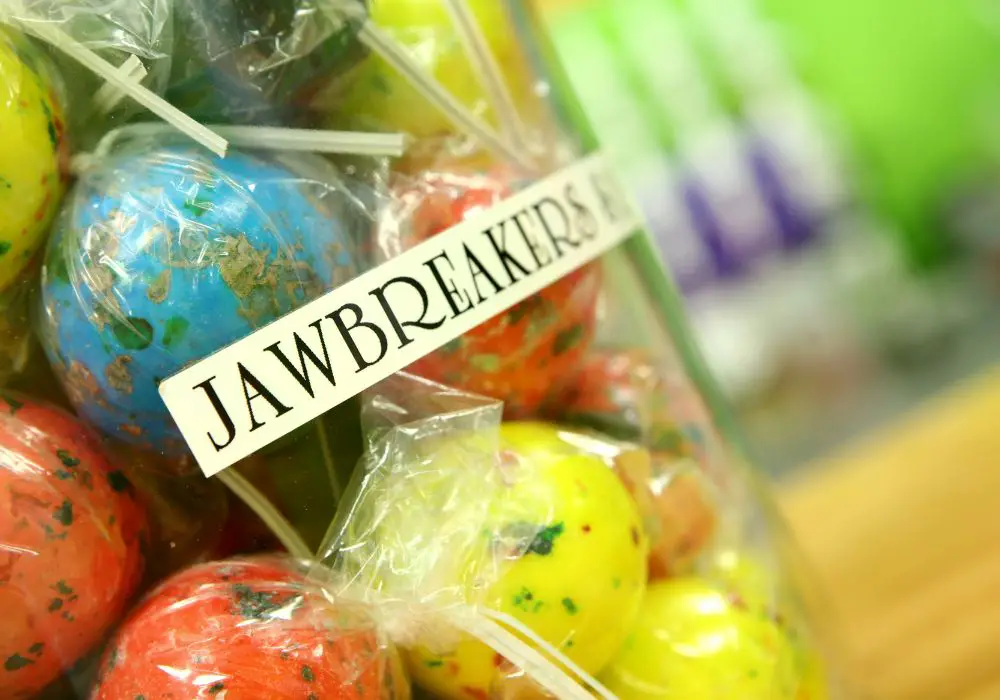
While gobstoppers have the potential to cause harm in rare cases, there are ways to enjoy them safely:
- Supervise children under 5 closely to ensure they do not bite pieces off
- Avoid biting into gobstoppers – lick or gently suck only
- Select gobstoppers with smoother, softer shells
- Check for loose dental work before consumption
- Stop immediately if pain or sensitivity is felt
- Limit gobstopper consumption to occasional treats
- Brush diligently after eating to avoid cavities from the sugar
Following these precautions allows enjoying gobstoppers with very minimal risk to dental health. Responsible consumption practices are key for both children and adults.
Safe gobstopper alternatives
If concerned about hardened candy, there are some alternatives that provide safer options:
- Gummy or gel-based candies – Softer and won’t crack teeth
- Malted milk balls – Chewy chocolate covered centers
- Caramels – Softer than hard candy if not refrigerator-cooled
- Mints – Dissolve faster than gobstoppers
- Popsicles – Sugar-free options available too
These substitutes all pose less risk of dental fractures while still providing sweetness.
Frequently Asked Questions
Are gobstoppers safe for toddlers?
Gobstoppers are generally not recommended for children under 3 years old due to choking concerns. Toddlers should also not have any unsupervised access to gobstoppers or other hard candies since they may try biting off pieces. With close parental supervision, slightly older children ages 4-5 can often enjoy gobstoppers safely.
What happens if you bite a gobstopper?
It’s possible to bite through a gobstopper’s hard outer shell, but this is not recommended. Biting forcefully, especially on small jawbreaker sized gobstoppers, concentrates pressure in a small area and can potentially crack teeth. Normal licking and sucking slowly wears down the layers as intended.
Can gobstoppers pull out fillings?
It’s very unlikely sucking on a gobstopper will directly dislodge dental fillings. However, biting hard into gobstoppers could potentially crack composite fillings or other dental work. The safest method is to gently lick gobstoppers to avoid damage, and inspect for any loose fillings afterwards.
Are sugar-free gobstoppers better for your teeth?
Sugar-free gobstoppers use alternative sweeteners like xylitol, but still have a hard outer shell. The hardness poses more risk to teeth enamel than the sugar content. Sugar-free options don’t necessarily reduce the risk of cracked teeth if bitten into forcefully.
Why do some gobstoppers hurt your tongue?
Some gobstoppers have an extra hard shell that essentially provides a “seasoning” effect on the tongue as you lick them. This can cause temporary discomfort, irritation, or even redness or bleeding. Seeking out gobstoppers with softer coatings can reduce this tongue irritation. Also, do not continue eating them if ongoing pain is felt on the tongue.
The bottom line
While gobstoppers have the potential to cause harm in rare cases, responsible consumption poses little risk for most people’s dental health. Their hard shell and large size is precisely what provides the unique long-lasting gobstopper experience. By taking reasonable precautions, both children and adults can safely enjoy these iconic candies in moderation without concern. Proper dental hygiene and checkups help further minimize any risks.

